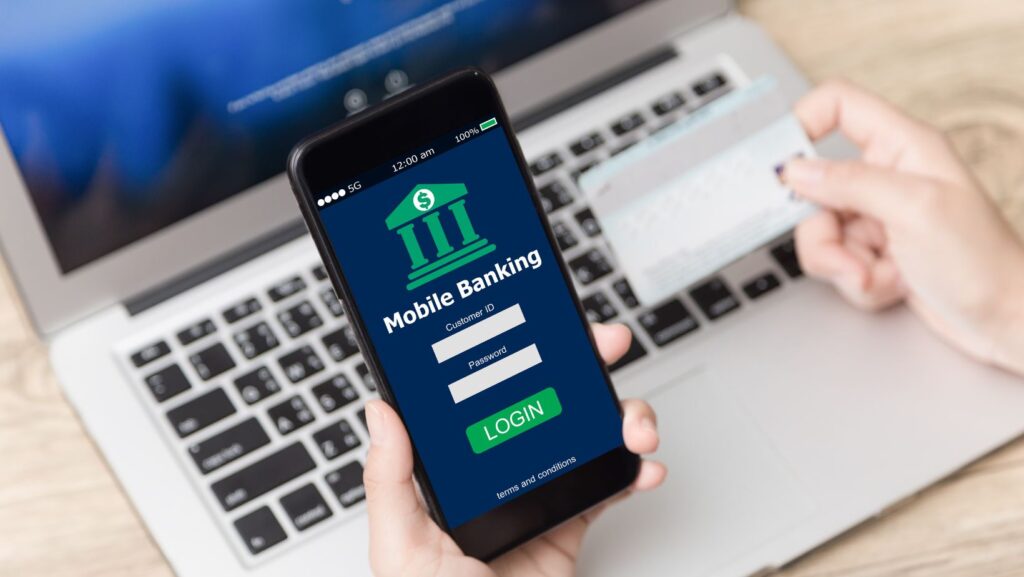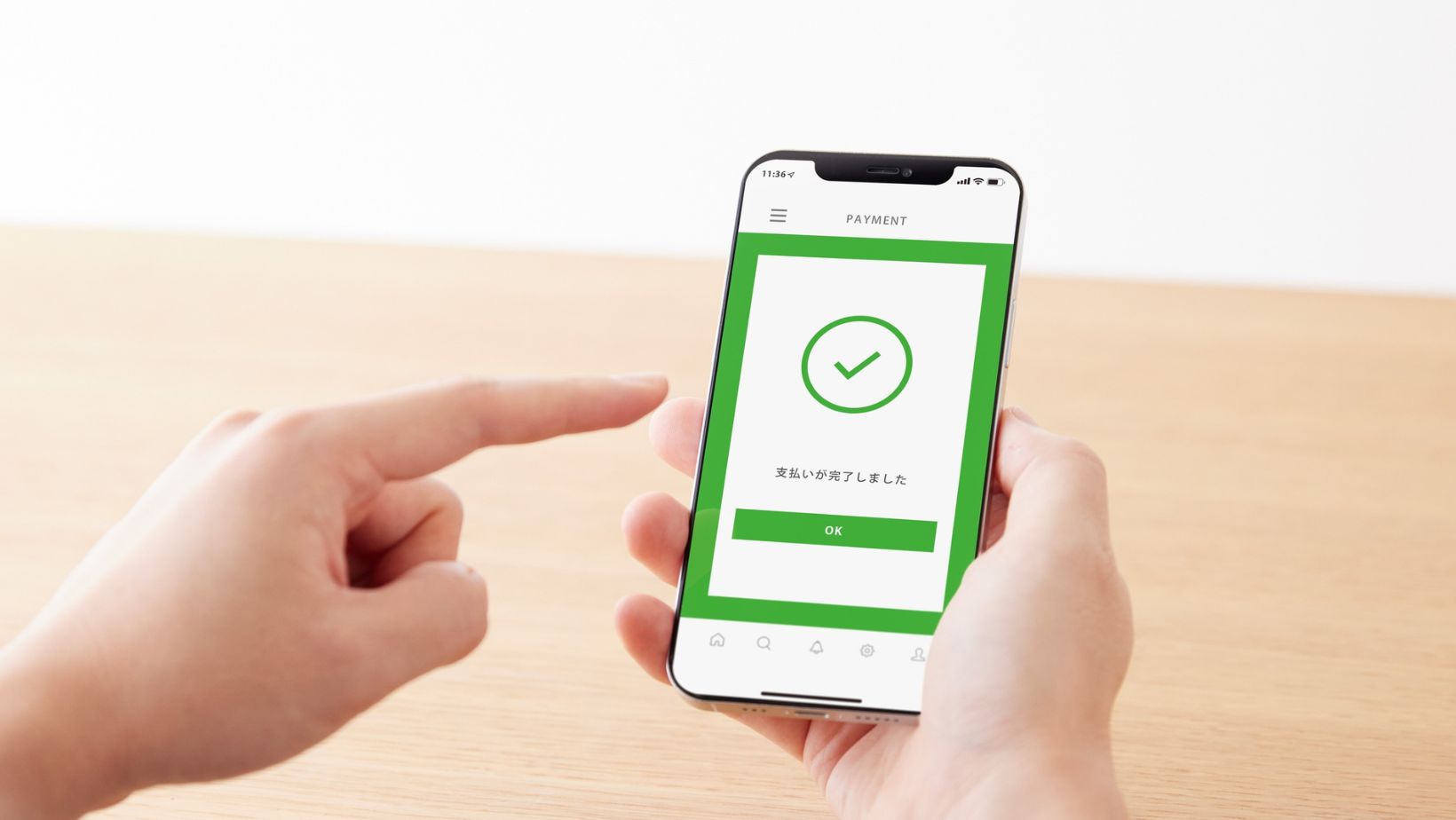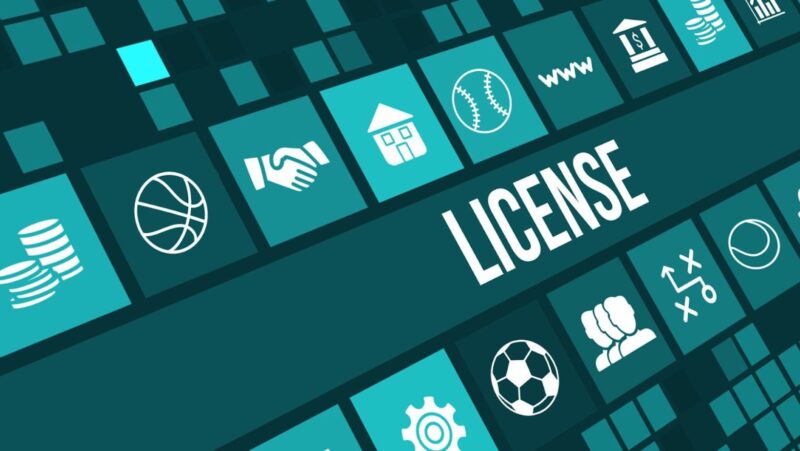
Imagine launching a mobile banking app that taps into a global wave of digital finance. In 2025, more than 3.6 billion people worldwide use online banking services. That’s nearly half the planet managing money through screens – a huge opportunity for innovative startups. Banking is going mobile and fast! As a startup founder, have you wondered what it takes to build a successful mobile banking app that customers will love? This guide is here to help. We’ll explore the benefits of expertise like a mobile app development company in Thailand, particularly in the local banking and financial sector, the latest trends driving fintech innovation, the costs and timeline involved, and practical tips to turn your vision into a thriving app. Let’s dive in and see how your startup can make its mark in the mobile banking revolution.
Why Build a Mobile Banking App?
User Demand is Sky-High: Modern consumers expect banking at their fingertips. In fact, access to mobile banking is a priority for 91% of Americans when choosing a bank. In other words, if your startup can offer a smooth, reliable banking app, you’re already meeting a critical need. Mobile banking apps provide convenience – customers can check balances, transfer funds, or apply for loans on the go, anytime. Who wouldn’t prefer a quick tap on their phone over waiting in line at a branch?
Leveling the Playing Field: A great mobile app lets a startup compete with big banks without needing a nationwide branch network. Digital-first challenger banks (also known as neobanks) have proven this. For example, fintech startup Revolut grew from a small London-based venture to over 30 million customers worldwide by focusing on mobile banking innovation. Startups can attract users by offering features or experiences traditional banks might overlook – like intuitive budgeting tools or low-cost currency exchange. A mobile banking app is essentially your storefront and bank branch in every user’s pocket, letting you reach customers globally from day one.
New Revenue Streams: Mobile banking apps can open doors to multiple revenue channels. Beyond standard banking services (deposits, transfers, card transactions), startups can integrate value-added offerings – think personalized financial advice, investment products, or insurance – and earn fees or commissions on those services. With a digital platform, it’s easier to introduce new features quickly, cross-sell services, and partner with other fintech providers. This flexibility means more ways to monetize and grow your business.
Key Trends Shaping Mobile Banking App Development
What technologies and trends are driving modern mobile banking app development? Understanding these can help your startup build an app that isn’t just current at launch but stays ahead of the curve.

Here are some of the most influential trends today:
- AI and Personalization: From chatbots that answer questions to algorithms that analyze spending habits, AI is making banking apps smarter. These intelligent features keep users engaged with a personalized touch.
- Open Banking & Integration: Thanks to open banking (secure data-sharing via APIs), your app can connect with other banks and services. This means users can see accounts from multiple institutions in one place or use payment and investment features from partners without leaving your app. It allows a startup to offer rich features without building everything from scratch.
- Advanced Security: Security is non-negotiable in a banking app. Modern apps use measures like biometric logins, encryption, and multi-factor authentication to protect data and prevent fraud. These precautions safeguard users and build trust in your service.
- User-Friendly Design: A banking app must be intuitive and fast. Keep screens uncluttered and navigation simple. Provide a smooth, frictionless experience (for example, easy signup and clear menus) so users of all ages can use your app confidently.
Development Process and Timeline
Building a mobile banking app is a multi-stage process. Knowing the roadmap in advance will help you plan resources and set expectations. Here’s a breakdown of key development phases and a typical timeline for a startup’s banking app project:
|
Development Phase |
Key Activities |
Approx. Timeline |
|
Planning & Research |
Define app concept and features; market research; regulatory checks (licenses, compliance requirements) |
2–4 weeks |
|
UI/UX Design |
Create wireframes and app design mockups; iterate based on user feedback; finalize a user-friendly interface |
4–6 weeks |
|
Core Development |
Front-end and back-end coding of essential features (account management, transactions, etc.); integrate APIs for payments or data access; basic security implementation |
3–6 months |
|
Security & Compliance |
Implement robust encryption, authentication (e.g., biometrics, 2FA); integrate KYC identity verification systems; ensure compliance with finance regulations |
4–8 weeks (overlap with development) |
|
Testing & QA |
Rigorously test all features; fix bugs; conduct security audits and beta testing with a small user group to gather feedback |
4–6 weeks |
|
Launch & Deployment |
Prepare app store listings; release the app on iOS and Android; monitor performance and early user feedback closely |
2 weeks |
|
Maintenance & Updates |
(Ongoing) Address user feedback; release updates with improvements and new features; scale infrastructure as user base grows |
Continuous |
Note: These phases often overlap. Many startups launch a basic version early (in a few months) and then improve continuously rather than waiting a full year for every feature.
Budgeting and Costs for Mobile Banking App Development
One big question for startups is: How much will this all cost? The truth is, it depends. Your budget will vary based on your app’s scope and how you build it. Development costs can vary widely. For example, adding many features, a polished design, or extra security layers will drive costs up, while a simple, bare-bones app will cost less. To give a rough sense, one industry estimate puts the price tag anywhere from around $50,000 up to $500,000+ for a mobile banking app, depending on complexity. A lean MVP with only essential features would fall near the lower end of that range, whereas a full-featured, high-security app could hit the higher end.

For a startup, conserving cash is crucial. How can you manage costs? One strategy is to start with core must-have features and a clean, basic design – essentially, build your MVP first. This approach ensures you develop only what’s needed to serve your unique value proposition. You can then add nice-to-have features in later updates once you have user traction (and maybe some investor funding!). Another strategy is leveraging third-party solutions: for example, using a pre-built banking platform or Banking-as-a-Service provider for the backend can significantly reduce custom development work. This might shift some cost into a subscription or usage fee, but it’s often cheaper than building everything from scratch.
Lastly, quality matters. Build lean, but don’t cut corners on essentials like security and usability – a trustworthy app is worth the investment.
Tips for Building a Successful Mobile Banking App
Developing the app is one thing – building a successful mobile banking app that keeps users happy is another. Here are some key tips to guide your startup’s development journey:
- Prioritize Security & Compliance from Day One: Trust is the foundation of banking. Implement strong security and compliance measures from the start (encrypt data, use secure APIs, biometric logins, etc.) to build user confidence.
- Know Your Audience & Design for Users: Clearly define your target users and tailor the app to their needs. Keep the interface simple and intuitive for everyone. Use clear language (minimal jargon) and guide new users gently (e.g. a quick tutorial) so they don’t feel lost.
- Start with an MVP, Then Iterate: It’s tempting to keep adding features before launch, but getting an early product out has huge benefits. Identify the core features that address your users’ primary pain point – that’s your MVP. Launch it, gather real user feedback, and refine your app. Iterating quickly based on feedback will get you to a better product-market fit faster.
- Leverage Existing Platforms & APIs: You don’t need to reinvent the wheel. Use third-party fintech services and Banking-as-a-Service platforms to handle things like payments, identity verification, or core banking. Leveraging proven solutions speeds up development and lets your team focus on the unique features of your app.
- Test Rigorously Before Launch: A banking app cannot afford glitches. Test your app under all scenarios – poor network, high traffic, unusual user behavior – to ensure it remains stable and secure. Do a beta launch with a small group to catch and fix issues early before you go live to the world.
- Plan for Growth: Build with the future in mind. Choose a scalable architecture (e.g. cloud-based) and write efficient code so your app can handle growth in users and features without a complete overhaul. Designing for scalability from the start will save you headaches (and costs) later on.
Conclusion: Seizing the Mobile Banking Opportunity
Mobile banking app development is a challenging journey, but it’s one filled with opportunities for ambitious startups. With billions embracing digital banking and consumers hungry for better financial solutions, a well-crafted app can propel a startup from obscurity to fintech stardom. By understanding user needs, riding the latest technology trends, and carefully managing timelines and costs, even a small team can build a banking app that rivals those of big banks.
Remember, the keys to success are innovation, trust, and user-centric design. Innovate to offer something new or improved, ensure every aspect of your app earns user trust (from security to customer support), and keep the experience delightful and simple. With strategic planning and execution, your startup’s mobile banking app could be the next big fintech success story. Are you ready to make your mark in the digital banking world? Now is the time to turn that vision into reality – the mobile banking revolution is waiting for the next great idea, and it might just be yours!












